Our expertise
It is with special care that since 1884 we blend our wines and let them age in the cellar for the right time so that each wine matures to its highest potential.
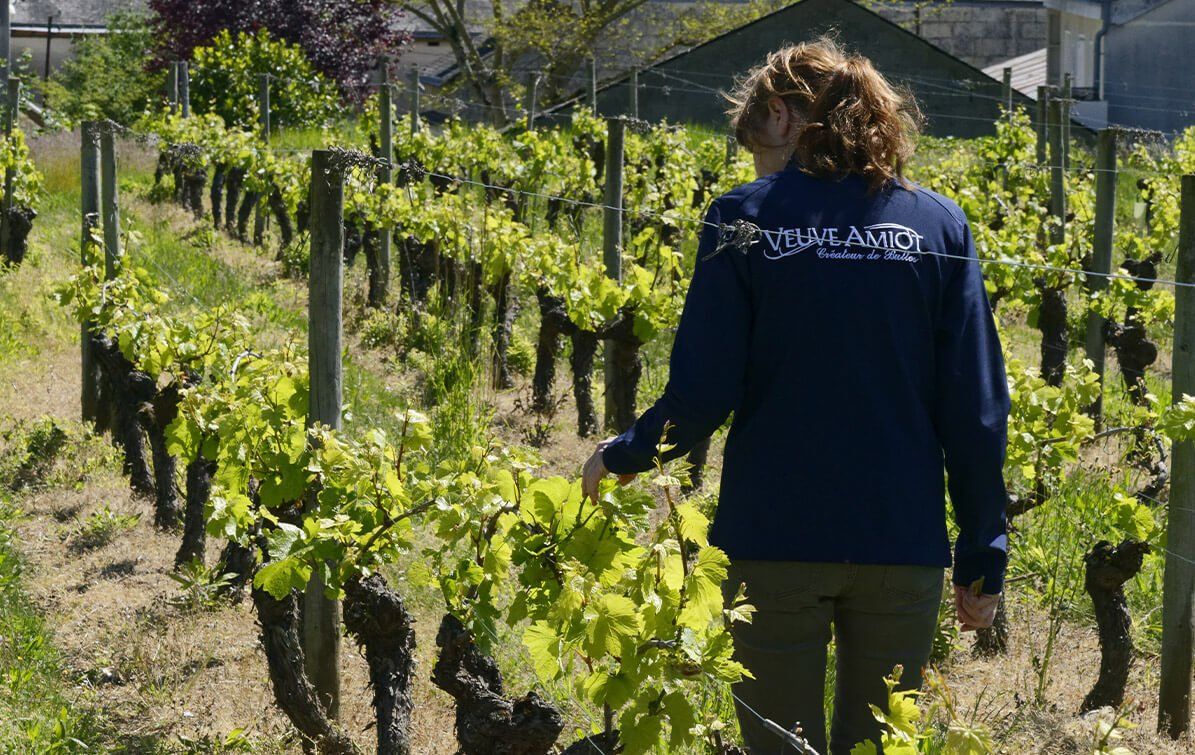
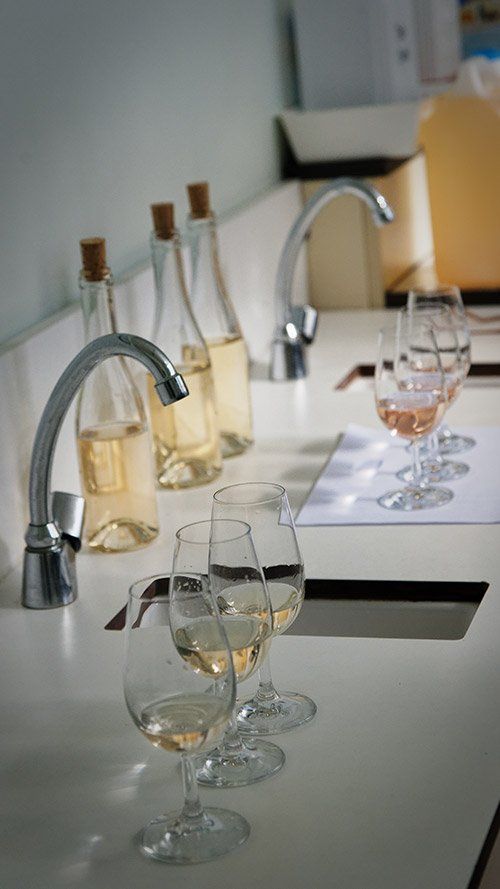
Assembly
After each harvest, Maison Veuve Amiot selects the best local wines. These wines, made mainly from the Chenin, Chardonnay and Cabernet Franc grape varieties, are then blended to create the different “cuvées”.
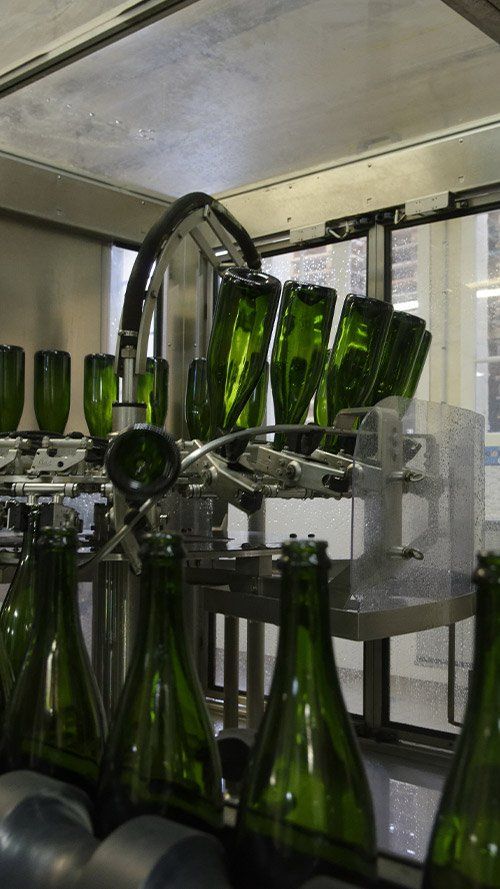
The "tirage"
The blended wine is added with a special liqueur composed of a mixture of sugar, wine and selected yeasts. After filling, the bottles are stored in our cellars for a period ranging from 9 months to several years.
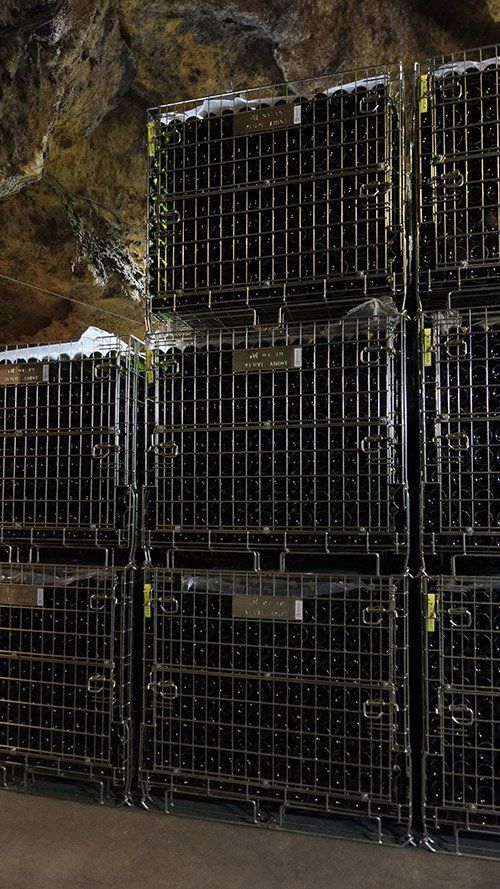
Creating the bubbles and ageing
It is in the coolness of the cellars dug in the tufa stone the second fermentation in the bottle will occur. This process consists of a transformation of the sugars added during the pressing, into carbon dioxide and alcohol. Months of ageing at a constant temperature of 12°C-13°C allows the development to maturity of these cuvées.
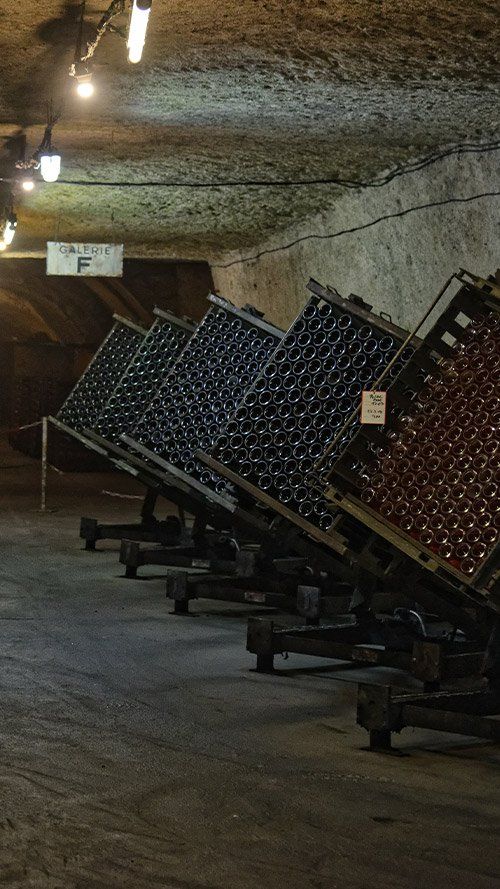
The riddling
After these long months of ageing, the bottles undergo a rotation combined with a gradual tilting of the bottle downwards. This technique, using gravity, makes it possible to concentrate the sediments (inactive yeasts formed during the seconds fermentation) in the neck. This technique, which previously was practiced by hand, is now performed using machines.
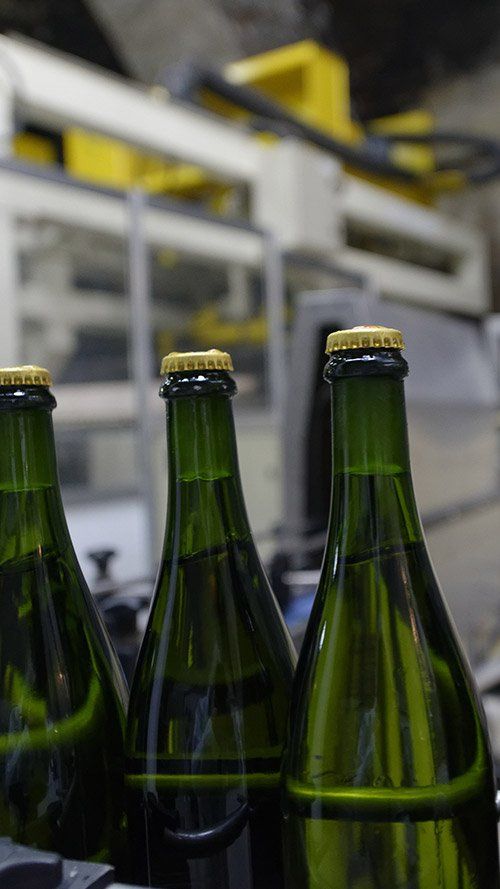
The disgorgement
This delicate operation consists of plunging the neck of the bottle into a cold bath (-24°C) in order to trap the sediment in an ice cube. The bottle is then decapsulated and due to internal pressure, the ice cube is expelled.
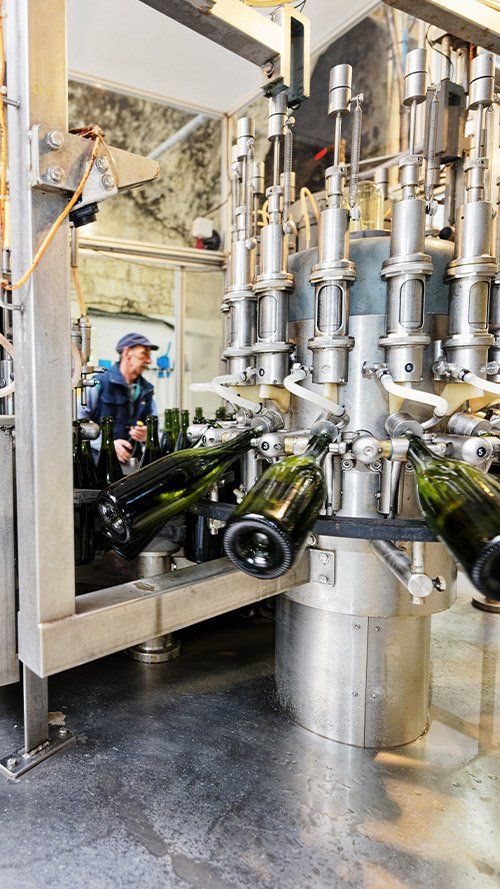
The liquor dosage
We add the expedition liquor made from old wines and selected sugars, in varying proportions depending on the type of wine.
For brut: from 10 to 13 g/litre
For the demi-sec: from 42 to 49 g/litre
The bottles then receive their famous cork as well as their muzzle.
After this the bottles will stay in the cellar for 2 more months so that the expedition liqueur blends with the cuvée.
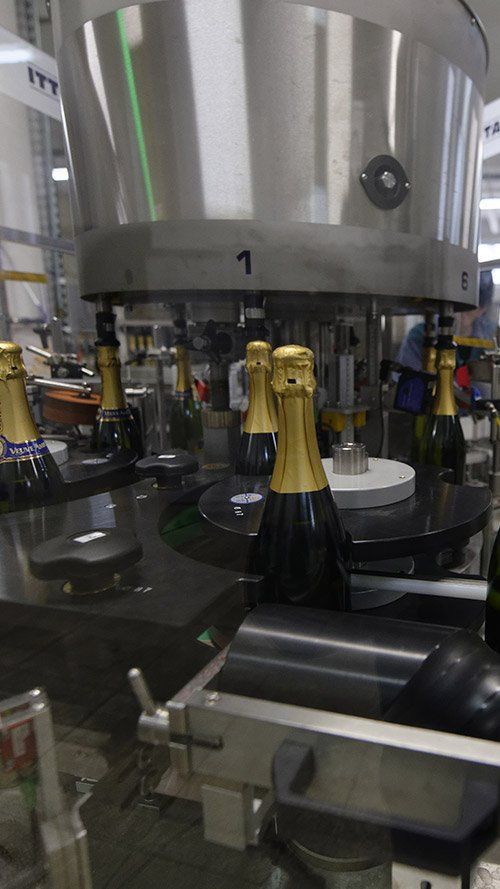
The dressing
At the end of this long process, the bottles are finally washed and externally dried, then the label, back label, collar and cap are added. They are then ready for shipping and marketing in France as well as international markets.
The vineyard
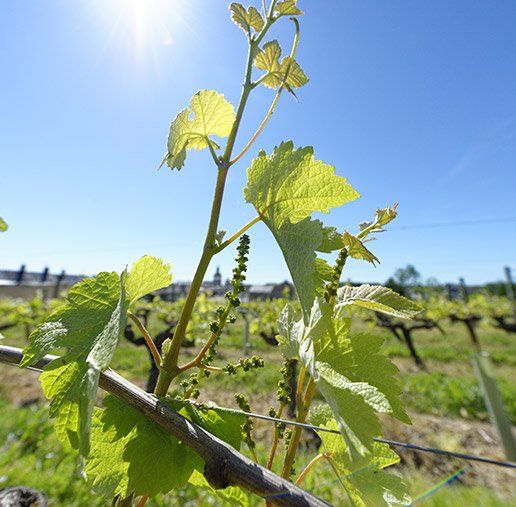
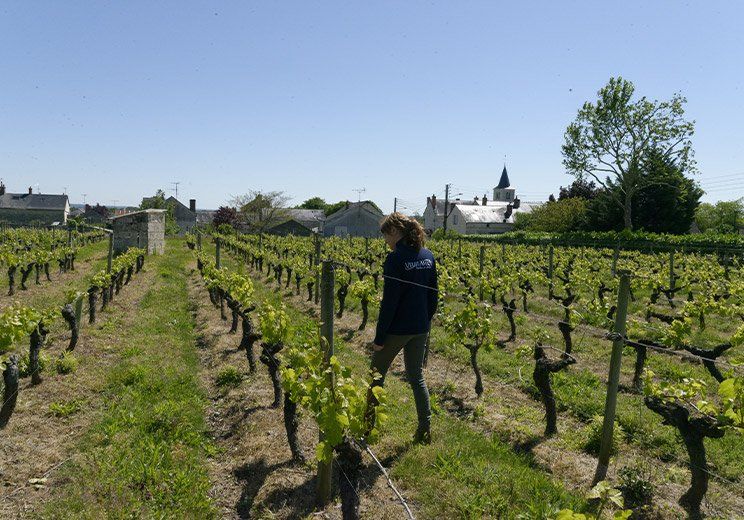
Maison Veuve Amiot still owns one hectare of vines located above its cellars. This hectare used to house the allotments made available by Elisa Amiot to her employees.
